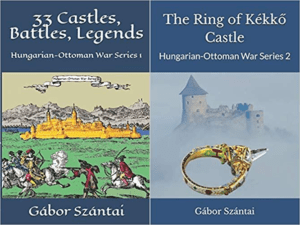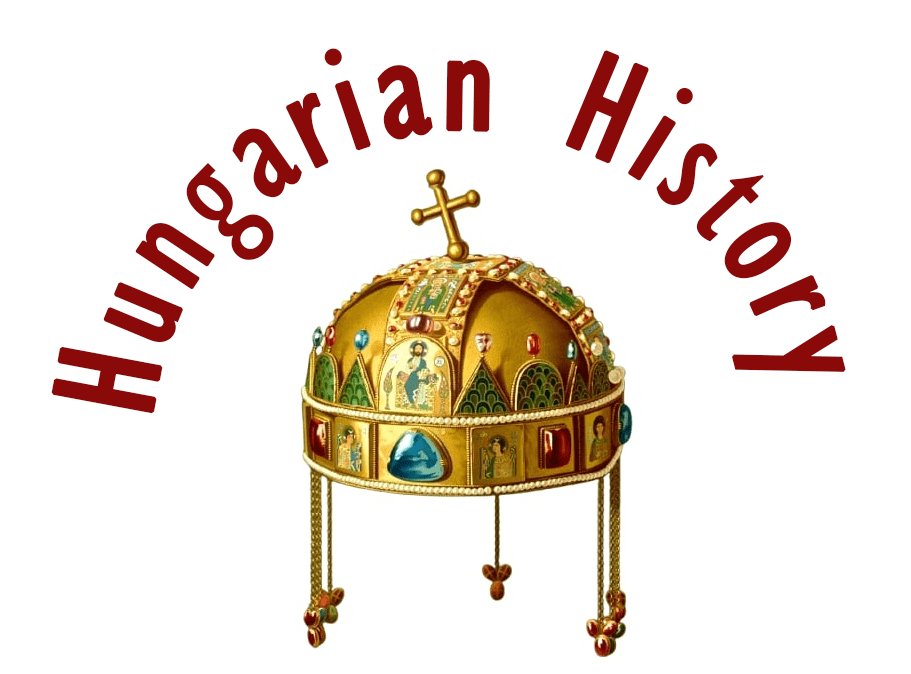Léta

Léta Castle (the Géczi Castle) is the southernmost castle of the Kalotaszeg Area in Transylvania. It is in Romania, located on the outskirts of the village of Magyarléta. From the beginning, “Castrum Léta” was a royal castle in the Kingdom of Hungary, under the authority of the Transylvanian Voivode, who managed the affairs of the county from here with his own men. It was most likely built in the 10th century so the date of construction of the castle is not known exactly, but it was mentioned in 1324.

Léta Castle was one of the small castles. It had an irregular rectangular shape and consisted of an inner (upper) and an outer (lower) castle. The western side of the castle was the steepest part of the cliff on which the castle was built and was accessible only from the eastern side.

The entrance was also on this side. The inner castle and its “old tower” are the oldest parts of Léta Castle, and they are still the most preserved parts. The remaining part of the outer fortress is a hexagonal fortress tower and the eastern part of the wall. The construction of the outer fortress dates back to the 16th century when firearms were first used.

Archaeological excavations have unearthed pottery remains decorated with the face of King Saint László, stove tiles decorated with a solar disk, arrowheads from the 10th and 11th centuries, stone tools, silver rings, etc. These prove that the existence of the castle of Léta dates back much earlier than its first documentary mention.

King Zsigmond (Sigismund) of Luxembourg donated it to the city of Kolozsvár (Klausenburg, Cluj) in 1405, but in the meantime, it again fell into the hands of the voivodes, and in 1419 the king divided the villages belonging to the castle between János Jakcs János of Kusaly, the bailiff of Vána, and the Romanian voivode László of Belényes.

At the beginning of 1441, King Ulászló I donated the castle estate to Vice-Voivode Herepei Márk, which was then ruled by Losonczi Dezső, former Transylvanian Voivode, against the King’s will. Herepei Márk (according to his will) died in November 1450, and Governor Hunyadi János gave the castle of Léta and its appurtenances to Jakcs Mihály of Kusaly, the Transylvanian Voivode, his cousin’s son Peter, the son of Jakcs László, and his brothers László and György in December 1450.

At the same time, the governor’s sister, the widow of Dengelengi Pongrác, also held a claim to the castle of Léta. On 4 April 1456, King László V donated the castle and its appurtenances to the sister of Hunyadi János.
On 26 November 1500, according to the decree of King Ulászló II, Lady Perényi Orsolya, the widow of Pongrácz Mátyás, was registered as a pledge owner of the castle and its appurtenances, as the castle had reverted to the crown. After the death of Perényi Orsolya, in 1501, King Ulászló II donated the castle estate to Corvin János.

In 1524 the castle of Léta was already the property of colonial Balassa Ferenc of Gyarmat. In 1544, Queen Isaballa donated it to Bornemissza Boldizsár of Ártánháza.

In 1560 it was the property of Balassa Menyhért, but in 1561 he defied Prince János Zsigmond, who laid siege to the castle. After the garrison rebelled, the castle was abandoned, and when the Prince’s troops entered the castle, gunpowder hidden in underground chambers exploded and the castle collapsed, 50 soldiers and commander Szilvási János died under the ruins.

In 1562, the castle and the surrounding estate reverted to the city of Kolozsvár, and in 1569 it was donated to Governor Ghiczy János, who restored the castle. The fortress is called Géczi Castle after him. On March 6, 1589, Prince Báthori Zsigmond donated the estate to Gyulai Pál and his wife, Ghyczy Kata, and her heirs.

The history of the destruction of the castle, which is still in ruins, is not known. It was probably blown up after the Peace of Szatmár (1711), following the Rákóczi War of Independence, like many other fortifications in the country.

The picturesque castle ruins were the site of archaeological camps in the 1970s and 1980s: students of the Mathematics-Physics Lyceum No.11 (later No.3) in Kolozsvár (Cluj-Napoca), led by Palkó Attila, a history teacher, dug there. It is still a popular excursion site today.

Source: Hungarian Wikipedia
You can find it on Google My Maps:
Dear Readers, I can only make this content available through small donations or by selling my books or T-shirts.
If you like my writings, please feel free to support me with a coffee here:
You can check out my books on Amazon or Draft2Digital, they are available in hardcover, paperback, or ebook:
https://www.amazon.com/dp/198020490X or at https://books2read.com/b/boYd81

My work can also be followed and supported on Patreon: Become a Patron!http://Become a Patron!

Here are more pictures of Lélta Castle:
You can Adopt A Castle:

































